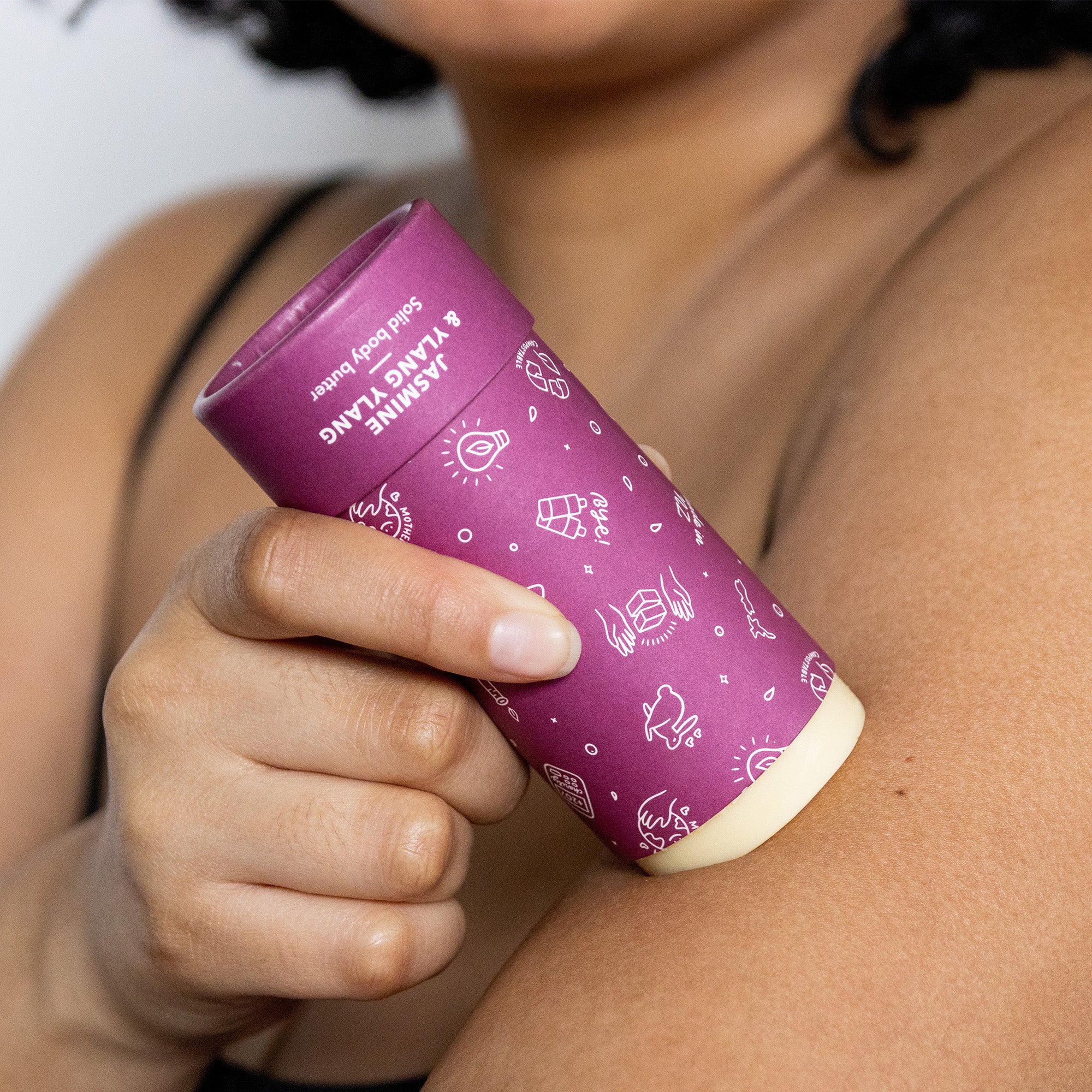One of the reasons our range of lipsticks have such bold colours is our choice of cosmetic colorants, but available choices are more limited than you might think.
Cosmetic colorant choices in the market
Most lipsticks contain FC&C dyes, like Red 3 which is where you get those super vibrant reds.
Many contain carmine, a daring red shade that comes from grinding up cochineal beetles.
Almost all contain mica, which is the catch all term for a naturally occurring sparkly mineral which is in most of your makeup.
Then there are the supporting acts, like iron oxides, tin oxide, ultramarines, manganese violet, and chromium oxide.
Dragging up the rear, are the newest entrants into the market, the latest innovations of green chemistry; colors extracted from plant materials.

How we decided on what colorants to use in our lipsticks
Right off the bat we decided we weren’t going to use FD&C dyes.
This isn’t because of some misplaced concern that they may contain lead or other heavy metals (as they are heavily regulated and standardized now in labs, so are safe to use). But they are derivatives of coal tar and the petrochemical industry and whilst safe to use, we prefer not to support the petrochemical industry where we can avoid it (which is of course, impossible to avoid altogether).
Carmine is off the table too, as it’s not vegan and we respect insects lives too.
This immediately made life more difficult.
The vibrant reds you see on mouths around the world from lipsticks are almost exclusively created using FD&C dyes, or sometimes, carmine.
Iron oxides come in red, yellow, brown and some other colors, but they are definitely on the earthy side, nothing like the Ferrari red you may be expecting.

The beautiful colors from plants like beetroot and carrot are not typically UV stable (so they fade in the tube and on your lips) and often have an unpleasant smell that bothers people.
Our colorants of choice
So we have landed on a combination of mica, for sparkle, shine and iridescence, depending on the grade and grain size (note mica itself is whitish grey so doesn’t actually have any real color), iron oxides, titanium dioxides, manganese violet, and tin oxide. In varying blends, these can make an interesting array of colors, as you can see in our shade range.
- Iron oxides: Iron oxides are naturally occurring compounds of (unsurprisingly) iron and oxygen. Rust would be the one you are most familiar with but depending on the ratio these come in a variety of different colors. Reds, browns, tans and so on. We use a lot of red oxide and some brown. Whilst iron oxides can be mined, a much more sustainable option (which is what is used in the cosmetics industry) is making them in a lab. No need for mining, and they are standardized so you can be sure there are no contaminants. You’ll see this on a label written like CI77491 for example.
- Mica: is a hot topic, so much so we wrote a whole other blog post about it, so if you want to learn more about why we are so careful about where we source our mica, you can read that here. Mica is a group of minerals which add shimmer and sparkle, but no color to most cosmetics you wear.
- Titanium dioxide: most commonly used in paint! But don’t panic, when used topically titanium dioxide is no cause for concern and is perfectly safe in cosmetics. Titanium dioxide is also made and therefore standardized in a lab and is a whitener and opacifier. For those interested, we use micro grain size, not nano.
- Manganese violet: Manganese violet is a beautiful purple pigment, that rounds out the earthier oxide tones. Purple pigments are hard to find in nature, so this one is a favorite and easily made in a lab. Again, it occurs naturally, but it’s better for people and planet to use the lab made stuff.
- Tin oxide: Much like iron oxides, this is a combination of tin and oxygen and is an earthier pigment, that helps to add depth to a shade. Once again, made in a lab.
Developing shades is a tough thing to do, even without the limitations we put down, due to the sheer number of possible options. But I think we’ve managed to nail seven shades which really are a beautiful representation of a range of colors, which look good across a breadth of skin tones.

I hope you enjoy them as much as the Ethique team enjoyed testing them!




